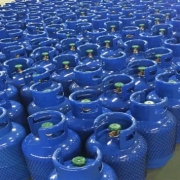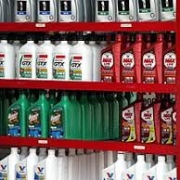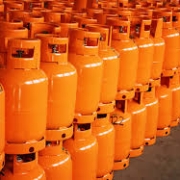A Comprehensive Guide: Step By Step to Start Coal Mining Business In Tanzania
Tanzania, a country known for its diverse landscapes and rich natural resources, is now setting its sights on tapping into the untapped potential of coal mining.
As the demand for energy continues to rise globally, Tanzania sees an opportunity to leverage its coal reserves to meet domestic needs and contribute to economic growth.
Coal mining in Tanzania presents a promising venture for entrepreneurs seeking opportunities in the mining industry. Here’s a step-by-step guide to help you navigate the complexities of starting a coal mining business in the region.
1. Understanding Calorific Value and Volatility:
Before diving into coal mining, it’s crucial to comprehend the calorific value and volatility of coal. These factors influence the energy content and combustion characteristics, impacting the market value and potential applications of the mined coal.
2. Choosing the Right Mining Method:
Selecting an appropriate mining method is paramount. Tanzania offers various methods such as surface mining, underground mining, and open-pit mining. Evaluate each method’s feasibility based on your specific project requirements and environmental considerations.
3. Determining Pit Depth:
Pit depth is a critical factor in coal mining. Assess geological surveys to determine the optimal pit depth for your mining operation. Consider factors like coal seam thickness, overburden depth, and environmental regulations.
4. Estimating Reserves:
Conduct a thorough exploration and geological assessment to estimate coal reserves. Accurate reserve estimates are essential for project planning, securing investments, and ensuring the long-term viability of your mining venture.
5. Evaluating Water Presence:
Assess the presence of water in the mining area. Water management is crucial for mining operations, affecting equipment efficiency and environmental compliance. Develop strategies to handle water, such as drainage systems and sediment control.
6. Logistics and Transportation:
Establish a robust logistics plan for transporting mined coal from the site to processing facilities or end-users. Consider factors such as proximity to transportation routes, road conditions, and the availability of railways or ports for efficient transportation.
7. Acquiring Mining Rights:
Getting a mine involves acquiring the necessary mining rights and permits. Work closely with Tanzanian authorities and follow the regulatory processes to secure the required licenses. Engage legal experts to navigate the complexities of mining laws in Tanzania.
Starting a coal mining business in Tanzania demands careful planning, adherence to regulations, and a comprehensive understanding of geological and logistical factors. By addressing these key aspects, entrepreneurs can pave the way for a successful and sustainable coal mining venture in the region.










